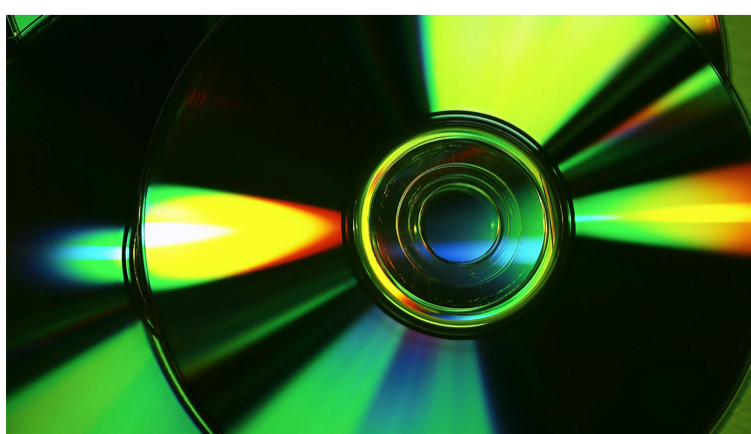Quantum CD Could Hold Up to 1,000X More Data than Today’s Optical Disks
With wavelength multiplexing
This is a Press Release edited by StorageNewsletter.com on October 29, 2024 at 2:01 pmThis article was written by Peter Ray Allison, degree-qualified engineer and experienced freelance journalist, specializing in science, technology and culture, and published on October 25, 2024
A new proposal borrows from the principles of quantum mechanics and a technique called “wavelength multiplexing” to hypothesize an ultra-dense new storage format.

The new study models how light spreads at the nanometer scale to understand how energy moves between rare earth emitters and the quantum defects within a solid material. (Image credit: Cimmerian/Getty Images)
Scientists have proposed a new type of storage device that harnesses the powerful properties of quantum mechanics.
The ultra-high-density optical memory device would consist of numerous memory cells, each containing rare earth elements embedded within a solid material – in this case, magnesium oxide (MgO) crystals. The rare earth elements emit photons, or particles of light, which are absorbed by nearby “quantum defects” – vacancies in the crystal lattice containing unbonded electrons, which become excited by light absorption.
Current optical memory storage methods such as CDs and DVDs are constrained by the diffraction limit of light, meaning a single piece of data stored on the device cannot be smaller than the wavelength of the laser reading and writing the data. However, scientists hypothesized that optical disks could hold more data within the same area by using a technique called “wavelength multiplexing,” in which slightly different wavelengths of light are used in combination.
Now, researchers propose that MgO could be interspersed with narrow-band rare earth emitters. These elements emit light at specific wavelengths, which could be densely packed together. The scientists published their findings August 14 in the journal Physical Review Researchhttps://journals.aps.org/prresearch/about.
“We worked out the basic physics behind how the transfer of energy between defects could underlie an incredibly efficient optical storage method,” study co-author Giulia Galli, a professor at the University of Chicago’s Pritzker School of Molecular Engineering, said in a statement.
The study modeled how light spreads at the nanometer scale to understand how energy moves between the rare earth emitters and the quantum defects within the material, as well as how the quantum defects store the captured energy, he added.
Scientists already understood how quantum defects in solid materials interact with light. But they had not studied how the quantum defects’ behavior changeμs when the light source is incredibly close, such as narrow-band rare earth emitters embedded a few nanometers (a millionth of a millimeter) away.
The photons are much smaller than conventional laser photons. By way of comparison, the photons from a conventional optical or near-infra-red laser emitter tend to be 500nm to 1μm (a thousandth of a millimeter). Hence, this new research could lead to data storage devices 1,000x more dense than previously possible.
Related stories:
- Atomic-scale graphene-based magnets could spur on much smaller and more powerful computing components
- New ‘petabit-scale’ optical disc can store as much information as 15,000 DVDs
- Quantum memory breakthrough’ may lead to a quantum internet
The scientists discovered that when the quantum defects absorbed the narrow band of energy emitted from the nearby rare earth elements, they became excited from their ground state and flipped into a spin state. As the spin state transition is hard to reverse, these defects could potentially store data for a useful period – although further work would be required to measure this, the scientist said. Furthermore, narrow-band rare earth emitters generate smaller wavelengths of light, which enables a denser data storage method than other optical approaches.
Most quantum-based technologies operate at near absolute zero, which suppresses decoherence and dephasing – the corruption and loss of information in a quantum system. For technology based on this research to be viable, it would need to operate at room temperature.
“To start applying this to developing optical memory, we still need to answer additional basic questions about how long this excited state remains and how we read out the data,” said co-author Swarnabha Chattaraj, a postdoctoral researcher at Argonne National Laboratory. “But understanding this near-field energy transfer process is a huge first step.“













 Subscribe to our free daily newsletter
Subscribe to our free daily newsletter

